SUMMARY
This is AI generated summarization, which may have errors. For context, always refer to the full article.
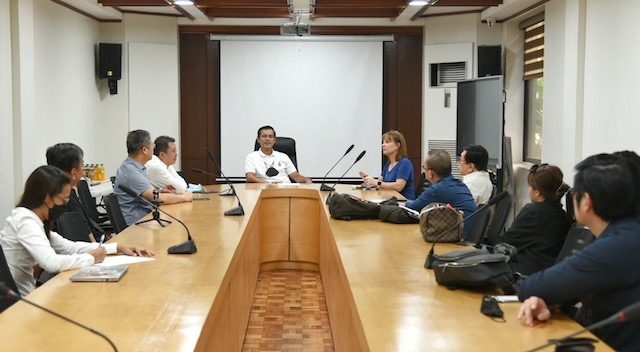
MANILA, Philippines – Manila Mayor and presidential candidate Isko Moreno took another step to turning Manila into a showcase of internet provided by cutting-edge low-earth orbit satellites (LEOSATs).
Moreno, on Tuesday, March 29, met with representatives of Starlink, a satellite broadband internet system operated by SpaceX led by tech billionaire Elon Musk, to provide internet via satellites orbiting Earth at a low altitude.
“Looks like it will start soon. We are just waiting for the regulatory agencies to process documents on the side of Starlink, SpaceX,” said Moreno in Filipino in a media interview in city hall after the meeting.
“I’ll be happy to show it here, this proof of concept… Starlink is coming to Manila,” said the mayor.
The shorter distance between these LEOSATs from the Earth speeds up the time data travels from one point to another – providing internet that is good for video-conferencing, sensitive financial transactions, remote operation of machines, and even average voice calls.
While traditional satellites provide internet in a fixed geographic area, LEOSATs can provide continuous connectivity for any given area if there are enough groups of such satellites, called constellations, spread out over the globe.
The deal being hashed out by city hall and Starlink involves providing internet to all of the city’s 896 barangays, 104 public schools, 15 police stations, four hospitals, Universidad de Manila and Pamantasan ng Lungsod ng Maynila, City Hall, and other local government offices.
Moreno said this means acquiring “over 1,000” dishes from Starlink. The firm also said it would need a 60-square-meter space for operations.
Benefits of new tech
The mayor assuaged fears that city hall’s deal with Starlink could be easily turned into a cash cow for corrupt politicians. One thing going for LEOSAT tech is that, on the part of government, there would be no need to build lots of infrastructure for the technology to work.
“This is only acquisition of service,” said Moreno, likening the Starlink deal with a family paying for the services of an internet provider who would then send only a few devices to the family’s home.
Asked about cost, Moreno said there is a $500 (around P26,000) one-time fee per dish. Buying over 1,000 dishes would thus cost around P26 million.
The mayor expressed confidence that processing by regulatory agencies could take “three months.”
Even the national government has long been in talks with SpaceX for bringing its satellite internet technology to the Philippines. In November 2021, the American firm’s representatives were in talks with the trade department on setting up a Philippine-registered company that will be a wholly-owned SpaceX subsidiary.
SpaceX would need to be licensed to provide internet within the Philippines. Its beta service offering is already available in 17 countries.
Tech-savvy
Moreno was quick to use developments in Manila to promote the kind of programs he would implement if elected president.
“This is the future of Manila and this can be the future of our country,” he told reporters.
Since early February, the Aksyon Demokratiko standard-bearer has been talking of large-scale use of low-earth orbit satellites for internet access that would not fail in times of disasters and would reach even remote parts of the country.
Arndt Husar, senior public management specialist for digital transformation at the Asian Development Bank, told BusinessWorld that low-earth orbit satellite tech is the “least costly and least complex method” to bring internet access to hard-to-reach areas.
But he also pointed to the technology’s limitations. The typhoons that frequently visit the country could interfere with the reception of low-earth orbit satellites.
Still an ADB working paper has elucidated on the benefits of LEOSATs to archipelagic countries prone to disasters.
“Parts of Asia and the Pacific are particularly vulnerable to communications disruptions caused by natural disasters that damage terrestrial infrastructure, such as typhoons, earthquakes, and volcanic eruptions. Satellite connectivity is already key to re-establishing communications and supporting disaster response,” said the financial body. – Rappler.com
Add a comment
How does this make you feel?


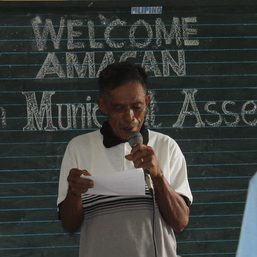

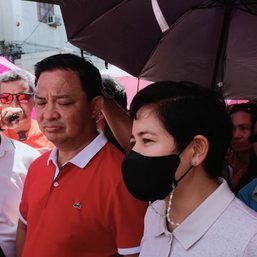
![[Newspoint] Improbable vote](https://www.rappler.com/tachyon/2023/03/Newspoint-improbable-vote-March-24-2023.jpg?resize=257%2C257&crop=339px%2C0px%2C720px%2C720px)
![[Newspoint] 19 million reasons](https://www.rappler.com/tachyon/2022/12/Newspoint-19-million-reasons-December-31-2022.jpg?resize=257%2C257&crop=181px%2C0px%2C900px%2C900px)



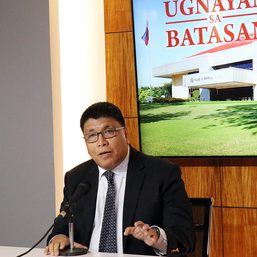

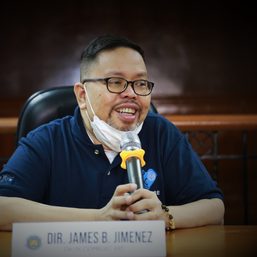

![[New School] Tama na kayo](https://www.rappler.com/tachyon/2024/02/new-school-tama-na-kayo-feb-6-2024.jpg?resize=257%2C257&crop=290px%2C0px%2C720px%2C720px)










There are no comments yet. Add your comment to start the conversation.